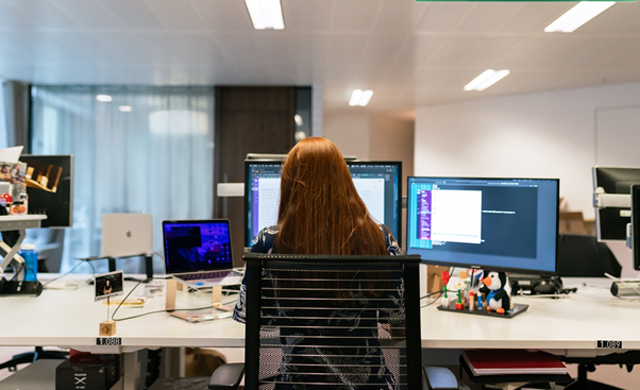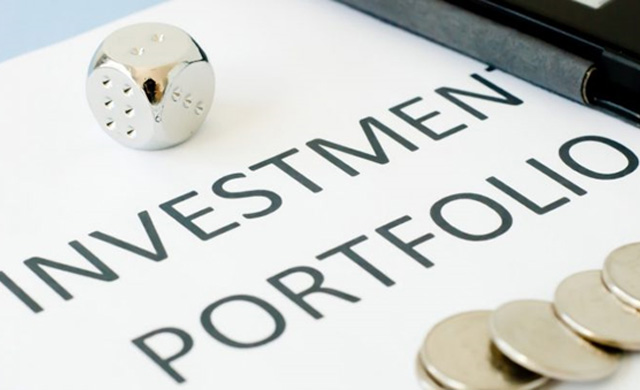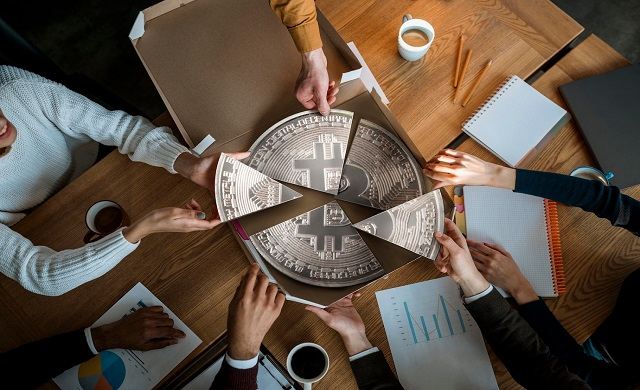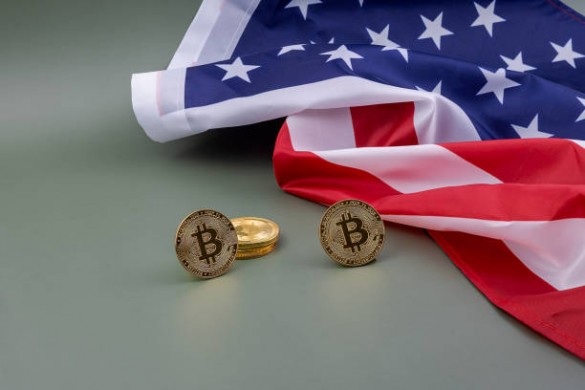Although the pandemic may seem to be behind us, its impact is still being felt. And it’s not just about rising prices and the Federal Reserve raising interest rates, but also about a change in people’s behaviour.

Suddenly, many realised that working from home is not so bad. However, this change in mindset has had consequences that go beyond telecommuting. It is affecting the demand for office space and has even caused companies like WeWork to collapse.
Once valued at a staggering $47 billion, WeWork is now worth just $44.08 million. The good news is that they are not entirely out of the game yet. Their customers, investors and franchisees outside the US and Canada will not be affected.
However, the overall situation in the commercial real estate market is far from rosy.
The slowdown in the sector is starting to impact the economy as a whole – The Fed warns of the risk to stability of a $24T commercial real estate market. Banks are already struggling with problem real estate loans, making it difficult to make new loans.
According to the FT, US banks’ commercial real estate loan delinquencies have reached their highest level in a decade, as higher interest rates, an uncertain economy and increased telecommuting put pressure on building owners.
At BofA, the volume of real estate loans for which the bank had forgiven interest or extended maturities increased by nearly $750 million to $1.2 billion. Industry-wide, the volume of restructured commercial real estate loans increased by $6 billion to $8.5 billion.
Looking ahead, even if the Federal Reserve stops raising interest rates, the problems in the commercial real estate market will not magically disappear. This means banks could face even greater challenges.
So, not writing off safe-haven assets such as gold (XAUUSD) could present opportunities for investors. Overall, it is a difficult time for the commercial real estate market, but with careful monitoring and strategic decision-making, there is still hope for recovery.

 Hot Features
Hot Features













